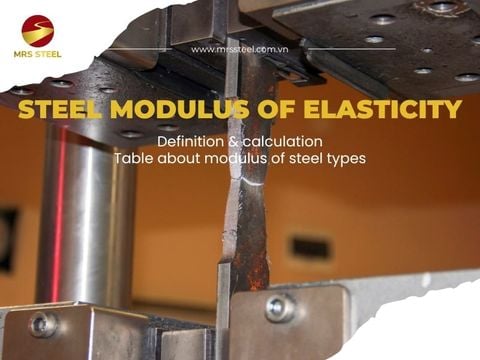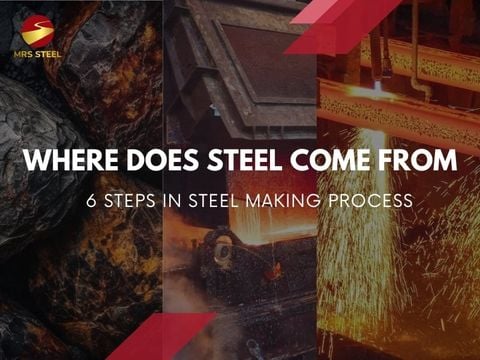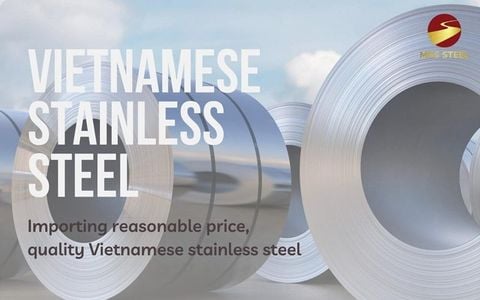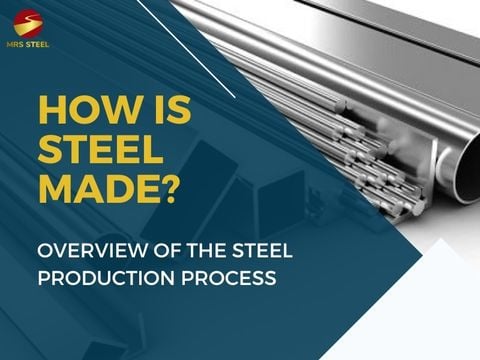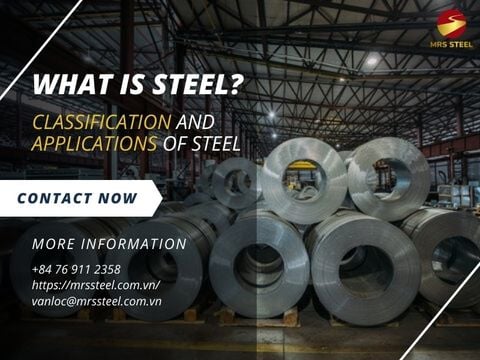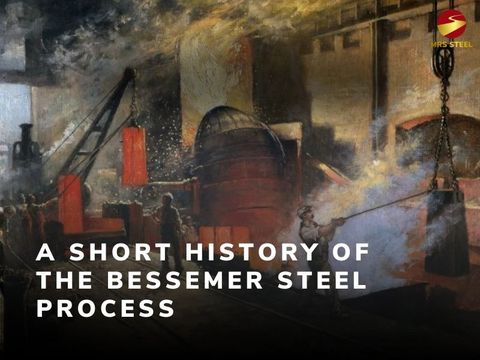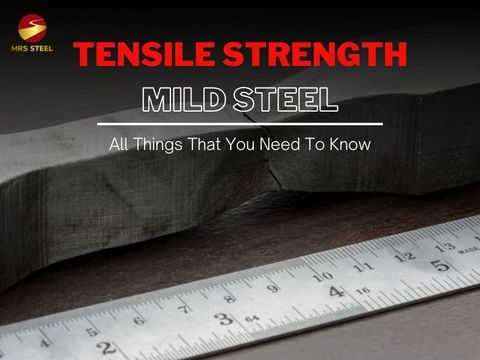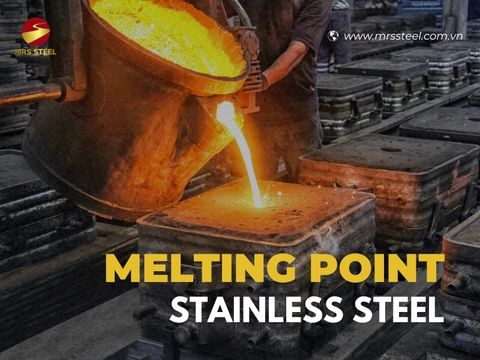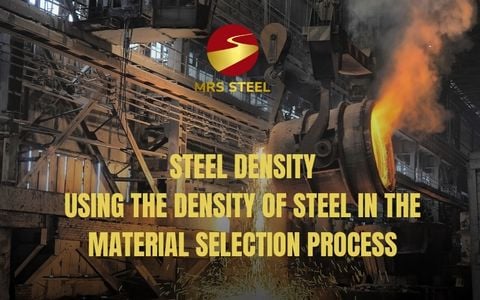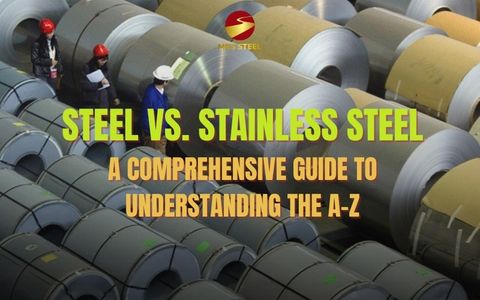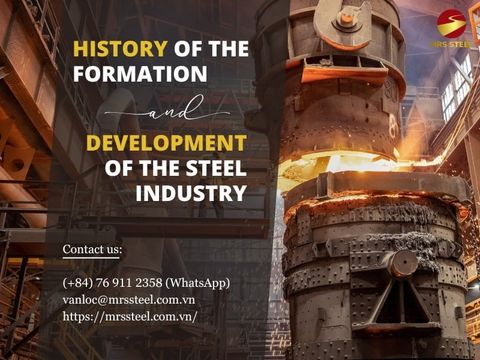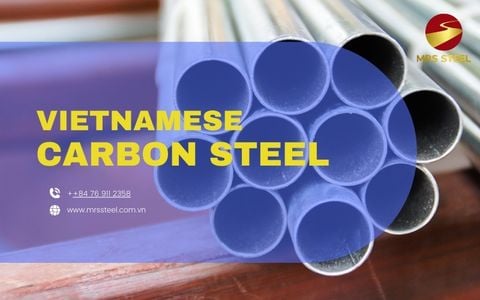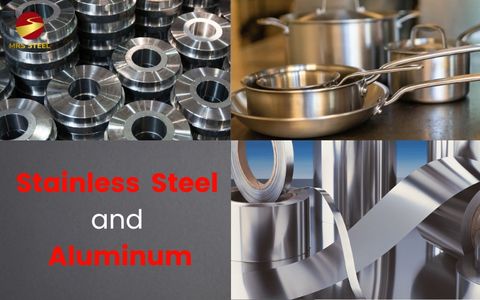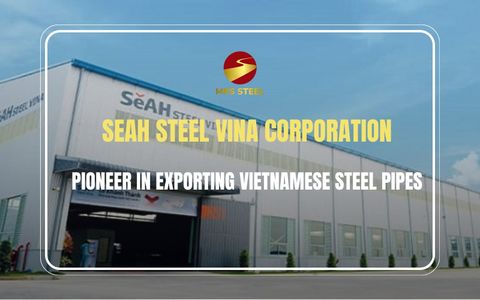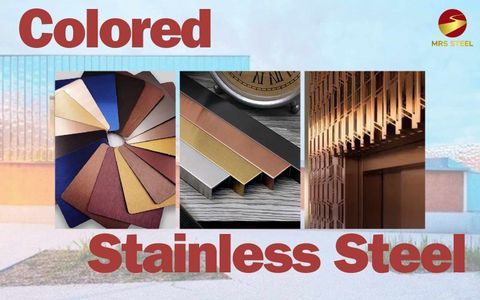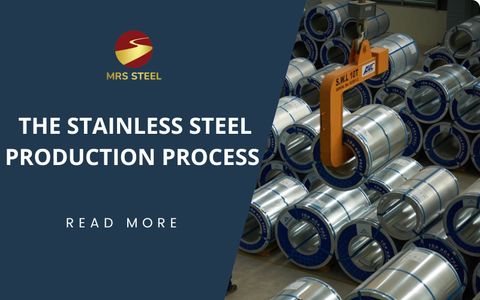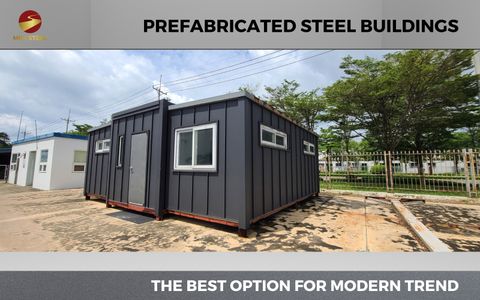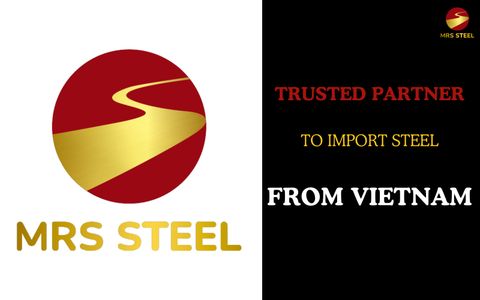Benefits of using steel in the warehouse industry
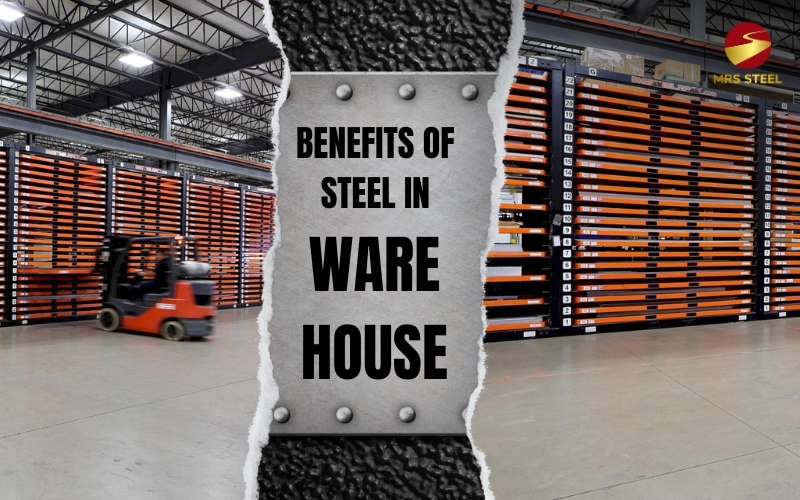
BlogDate: 08-04-2024 by: Ngan Le
The trend of using steel in the warehouse industry is becoming increasingly popular, ranging from constructing warehouse structures, canopies, to storage racks. In the warehouse industry, factors such as efficiency, durability, and cost-effectiveness play a crucial role, and steel is the material that can comprehensively meet these criteria, as outlined in the reasons in the following article.
The durability of structures are enhanced through steel in the warehouse
One of the reasons why steel is increasingly preferred and widely used in the warehouse industry is its durability and its ability to provide structural integrity. Especially in storage racks, a robust frame system is essential to support the load when storing a large quantity of goods for an extended period. Racks need a certain level of rigidity to avoid bending or deformation under the weight of the goods, and high-strength steel types contribute to ensuring the required stiffness and stability of the racks.
The warehouse industry always demands long-term storage, where durability is crucial in facing the challenges of time. In regions with high humidity, fog, or near the sea, steel may encounter challenges from salt and oxidation. However, manufacturers can address this issue by applying additional layers of zinc coating to protect the steel surface and enhance the lifespan of storage structures.

Flexibility in design helps expand storage space for goods
Steel with a certain level of flexibility brings about versatility in shaping and designing. Specifically, steel can be easily processed and designed in various sizes and shapes. This enables manufacturers to construct multi-tiered racks that are tall and vaulted without compromising stability. Additionally, the ability to extend the length across spans helps optimize the storage space for goods.
Modern warehouses are typically categorized based on various storage needs, such as cold storage or distribution centers. Thanks to the ability to be processed in various forms, steel racks can meet diverse design requirements, for instance, catering to the low-temperature storage needs of cold storage facilities or optimizing storage space for distribution centers. Importantly, steel rack systems offer an open space within the warehouse, enhancing integration with automation systems, robots, and other smart devices to optimize the transportation, handling, and storage processes for goods.
Using steel in warehouses helps save installation and regular maintenance costs
In the warehouse industry, cost-effectiveness is considered a paramount factor, and steel is an extremely suitable material for cost-saving solutions during both installation and regular maintenance. Typically, steel components are manufactured and shaped according to customer requirements in the factory. They are then transported directly to the delivery location, and the warehouse section only needs to arrange suitable installation locations. Utilizing pre-prepared components helps minimize installation time, allowing warehouse management to reduce labor costs and expedite project completion, enabling the warehouse to start operations sooner.

In addition to its rigidity, one of the primary characteristics of steel is its excellent corrosion resistance, especially in the case of galvanized or stainless steel. Although the initial cost of installing steel components is considerably higher than that of other materials, the durability that steel provides helps management significantly save on fixed costs. The good corrosion resistance implies a reduced likelihood of deterioration, leading to a decrease in annual maintenance costs and limiting the frequency of repairs or replacements for components.
Ensuring safety through fire resistance
Warehouses are crucial for storing goods, making safety within these spaces of utmost importance. Specifically, the ability to resist fire and moisture becomes a crucial factor in ensuring the safety of stored goods. Unlike some other building materials, steel is fire-resistant and non-combustible. The metallic nature of steel helps prevent water from infiltrating the structure, providing an effective defense against moisture. The steel's impermeability reduces the risks of damage caused by water, protecting goods from mold or decay due to dampness.
Even in the event of a fire or explosion, steel maintains the integrity of the structure better than other materials, even when exposed to high temperatures. This is critical in emergency situations, as steel can withstand temperatures up to 1000 degrees Celsius. The low flammability and high heat resistance allow warehouse managers additional time to respond to emergencies, prolong evacuation times, and limit potential damages.

Using steel in warehouse components provides high load-bearing capacity, ensuring that storage racks can withstand significant weights without encountering undesirable deformations. The durability and safety of steel not only help maintain the structural integrity but also reduce maintenance costs and enhance corrosion resistance, making the warehouse system stable and sustainable over time. Through this article, we hope that viewers can gain a more objective perspective on the role and long-term potential of steel in the warehouse industry.
If you are looking to import steel for your project and are unsure about choosing a reputable manufacturing plant to ensure quality, please contact MRS Steel for free assistance via email: vanloc@mrssteel.com.vn or Whatsapp: +84 76 911 2358.




















